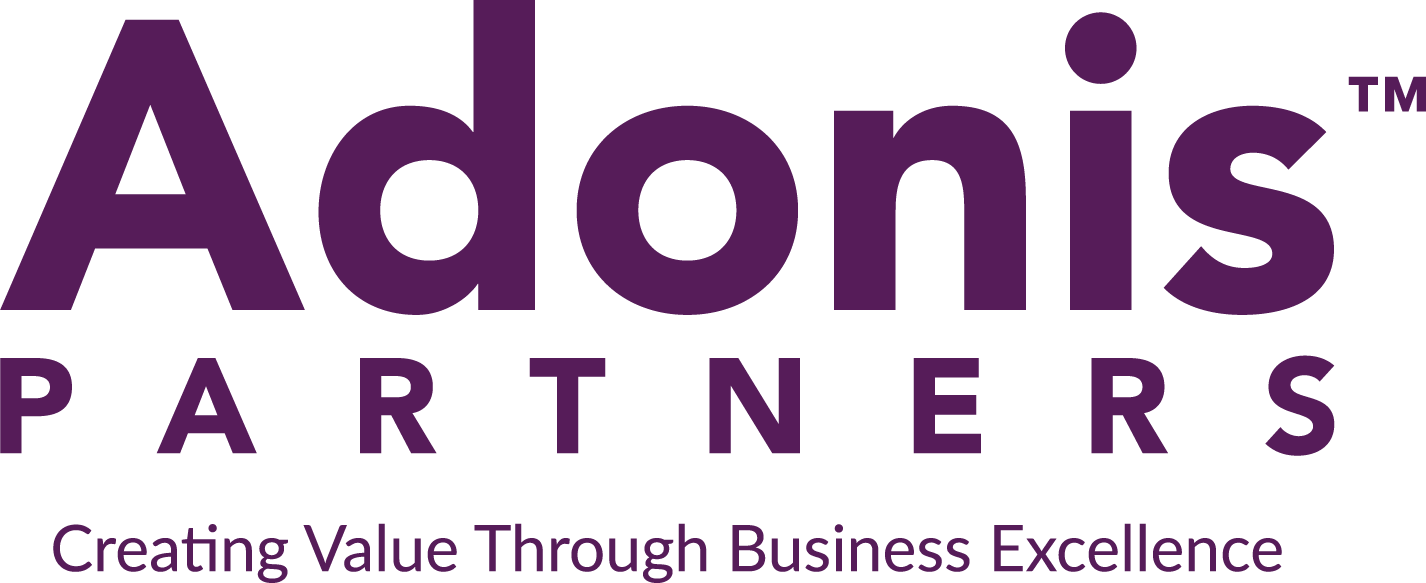
Hybrid Work Arrangements – Top 3 Applications for Success

People, Process and Knowledge – Part 2 of 3: Evolving Hybrid Ways of Working
The COVID-19 pandemic brought remote and hybrid work arrangements to the forefront of business development discussions. Now, three years after the first stay-at-home order during the pandemic, businesses are trying to find the “new normal” for what’s optimal in terms of working remotely versus working in an office setting. How teams come together, and physically where they come together, can impact the productivity, creativity and innovation of a company.
In Part 2 of our series on People, Process and Knowledge (PPK), we are diving into the process that helps fuel people and their engagement in business. As we discussed in Part 1, Best Practices for Addressing Company Turnover, Adonis Partners believes in the three pillars of PPK in our approach to corporate development and improvement. We believe that corporate success and growth are innately tied to the success and engagement of its employees.
The Processes That Drive Success in Evolving Hybrid Ways of Working
To evolve and develop hybrid ways of working, here are three main overarching themes to consider ahead of transitioning: Align, Create, and Balance.
Align
When it comes to hybrid ways of working, it’s paramount that a business and its employees are aligned on the newly proposed working arrangement of which meetings are necessary in person and which can be remote. Creating a culture where the employees feel the company is aligned with their needs for more work-life balance will help foster trust, loyalty and greater production in return. Some examples of areas to ensure alignment for a successful hybrid working plan are: sharing schedules, scheduling “no meeting” days and creating days specific to “doing work,” and challenging teams to get to know each other through team-building exercises.
Create
Once a business has identified its optimal working arrangement, the next steps are to create and implement the necessary technology and communication tools to support this new arrangement. And with those new tools, to also create any boundaries or expectations around goals and production for when remote or in the office. For example, establish a purpose for going to the office regularly, hold onboarding in person, and incorporate fun for team bonding in person. For migrating to remote, consider disabling private chats, mail access, and pop-ups during meetings. Prepare agendas for meetings, stay productive with structured checkpoints, and record meetings for sharing across multiple time zones. Create training on the utilization of Microsoft Teams/Zoom/Google Meet and set clear standards for using these tools.
Balance
Lastly, the success of a hybrid work arrangement comes down to flexibility and balance. Organizations are encouraged to regularly monitor and adapt their work arrangements based on feedback from employees and the evolving needs of their business. Hybrid models of operation can be very successful and create a more adaptable work culture that benefits both the organization and employees as a whole.
How Adonis Can Help
Today’s sought-after hybrid model for remote/in-person work by employees is just one of the many business transformations and changes that evolved through COVID-19. At Adonis, we can help businesses as they transform their working model to be more adaptive to today’s workforce demands by helping to create and implement a flexible but stable model of operation that’s custom-tailored to the business and employee needs. We have years of lived experiences and training that set us apart from other B2B companies. Contact us to learn more and start your business improvement journey today.


